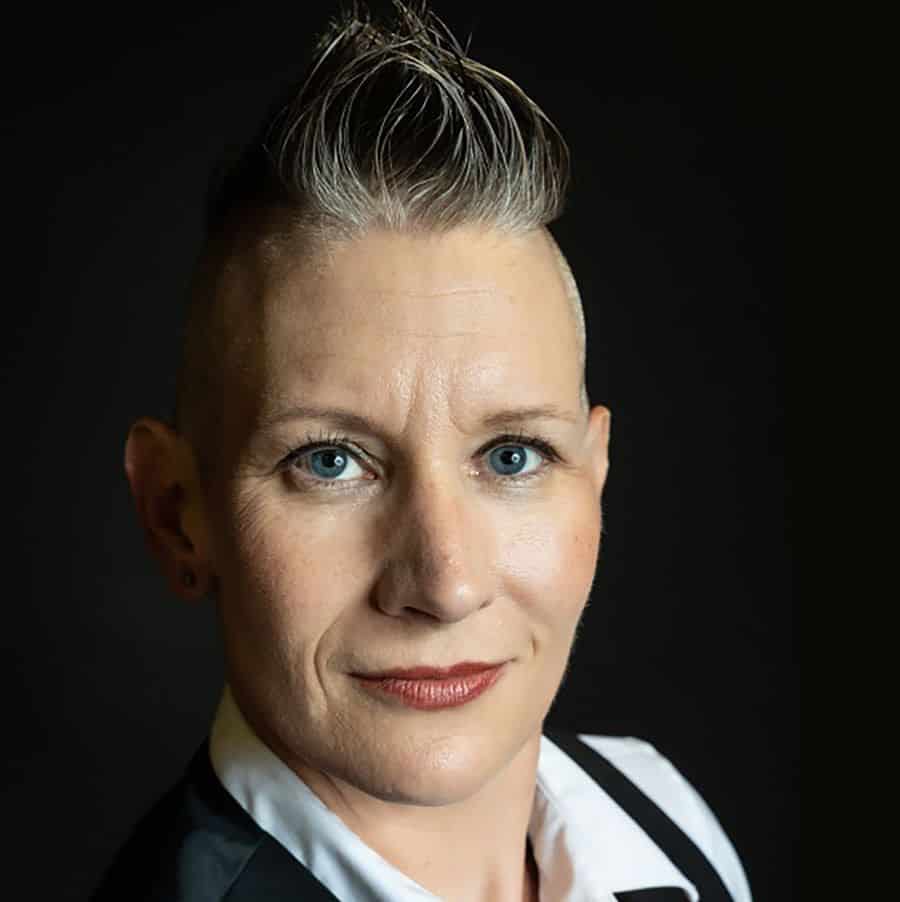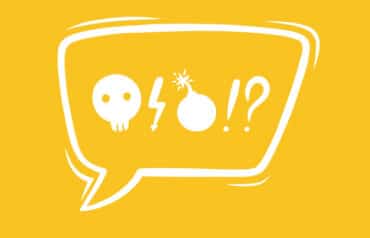Marketer, speaker and author Jay Baer did a comprehensive research study “to measure the relationship between responsiveness and revenue” — and he shares the findings in his latest book, “The Time to Win: Exceed Customers’ Need for Speed.” I attended a live event where he promoted the book, and the lessons he shared had an immediate impact on the way I run my business.

Table of contents
Time Is Our Most Precious Resource
Time is a limited resource in everyone’s life. It’s the only resource every person shares equally, with access to 1,440 minutes per day, no more, no less (assuming you’re not changing time zones). If you’ve had to wait more than 15 minutes past your appointment time in a doctor’s waiting room, you know the frustration of feeling like someone is taking away your precious time.
The same is true for our clients. Speed is the most important component of the customer experience. According to Jay Baer, two-thirds of customers say speed is as important as price.
Speed Is Your Competitive Edge
Jay believes the lessons he learned from his study will become the standard for doing business in about two years. That means if you can apply these lessons now, you’ll have a two-year head start if you “dial in on speed” and improve responsiveness.
Speed isn’t necessarily about doing your work faster but about being more responsive to your clients and prospective clients. According to Jay, 50% of prospective customers hire the service provider who responds first, regardless of the price. (See “Fix Your Law Firm Intake and Maximize Revenue.”)
He explained that your initial response doesn’t even have to be providing the service or even a price quote. Your initial response could be a quick email letting them know that you received their email, and that you’ll get back to them after you finish whatever you’re currently working on.
According to Jay’s research, merely responding shows that you care, and people connect speed to caring.
Additionally, he found that speed is an important factor in brand loyalty for 85% of customers. (This means repeat business for us!) Speed drives retention, which includes being quick to respond throughout the working relationship. Jay recommends that you respond even when you don’t have an answer. Simply letting the client know that you’re working on their matter and will get back to them when you have a substantive update communicates that you care, and then they don’t have to worry about whether you’re working on their matter.
How Fast Is Fast Enough for Lawyer Responsiveness?
According to Jay, you’ll maximize trust if you’re a little faster than what your client expects. What this means in more tangible terms depends on factors like the age of your client and what mode of communication you’re using.
Surprisingly, on average, baby boomers expect a faster response compared with their Generation X and Z counterparts. Perhaps this is because many boomers are retired and have fewer obligations during the day to distract them from the fact that you haven’t responded. Likewise, people who call you on the phone expect a faster response than people who send you an email.
(Score! My outgoing message tells callers to send me an email instead of leaving a voicemail. Hopefully this buys me a longer response time.)
Consider the Express Pass Concept
In addition to being quick to respond and efficient in providing service, Jay suggested businesses add an express pass to offer customers the opportunity to pay extra to jump to the front of the line, much like passes at amusement parks like Disneyland. His research found that 25% of customers will pay up to 50% more to get service faster.
When an audience member asked for more details on how to present the option to a customer, Jay recommended that you don’t convey this information on your website. On the contrary, this should be offered in situations where you tell a customer that their project is in your queue but you have other matters ahead of theirs; however, you can bump them to the top of the list if they’re willing to pay the express pass rate or fee.
At the beginning of 2022, I added an urgent rate to my practice. (Thankfully, I haven’t had to use it to date. Knock on wood.) I include it in my engagement agreement, and it’s only for situations where a client figuratively sets their life on fire, and I must drop everything to help them. When I told my clients about this change, I specifically said it isn’t like Disney’s express pass. It’s only for matters that I deem to qualify as urgent.
My current rate for legal services is $300 per hour. If I take Jay’s advice and offer someone an express pass, they’ll have to pay $450 per hour. That’s even higher than my $400-per-hour urgent rate. If it’s worth it to the client to get something done faster, I’ll be making bank.
How I’ve Changed My Business
Since I attended Jay’s talk, I have made two significant changes to my business.
First, I try to respond to emails much faster. My goal used to be to respond within 24 hours, but I admit I’ve become less diligent about this over the year. Now, I try to respond to emails before leaving for the day, if only to acknowledge that I received the message. When I start to integrate AI more into my law practice, this is an excellent opportunity to use software like Jasper to auto-populate a response.
Second, I send updates to my clients more frequently. As you may know, I use a spreadsheet to track all of my open matters. Often I have matters where I’m merely checking on the status, and previously, if there was no update, I’d change the “next due” to check the status again and move on to the next item on my list. Now, I’m more likely to send an update to my client. A common subject line I use is “Non-update Update,” and the message lets them know that there’s no news in their matter, but I’m regularly watching, and I’ll let them know when there’s news. My clients often respond with something like, “Thanks for letting me know. I appreciate it.”
Tiny Book, Giant Value

“The Time to Win” is currently available on Amazon. It’s a small book — only 69 pages cover-to-cover — but it’s as helpful as a 250-page business book. In addition to the information above, it provides a six-part framework that precisely illustrates “how to gain and keep more customers using speed and responsiveness” with specific recommendations.
Jay said, “If you give your customers time, they’ll give you [their] money.” Conversely, if you cost your customers time, it will cost you money. This mindset could give you a two-year head start over your competition in terms of getting and keeping clients.
Image © iStockPhoto.com.

Sign up for Attorney at Work’s daily practice tips newsletter here and subscribe to our podcast, Attorney at Work Today.
















